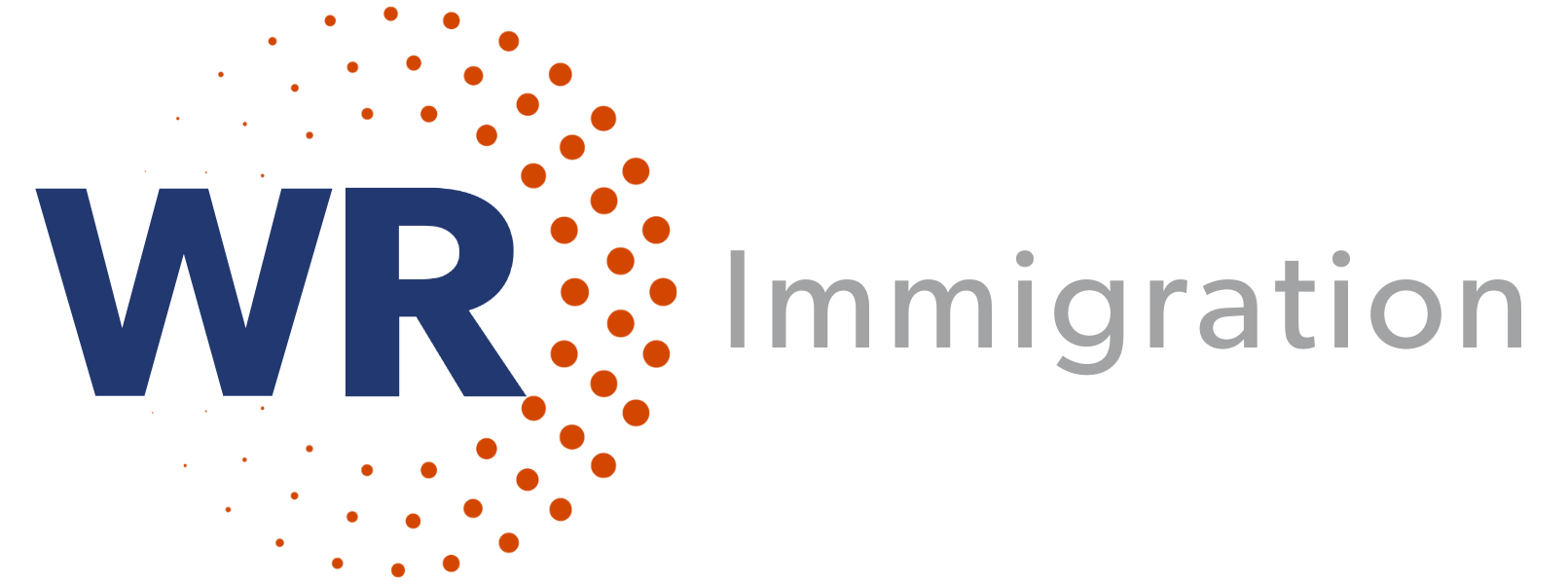As the deadline for passing the spending bills required to fund the government approaches, the possibility of a government shutdown on October 1, 2023, looms large. Such a shutdown can have significant implications for various agencies involved in immigration processes. While self-funded immigration programs may continue to operate, other processes may experience delays, rescheduling, or a complete shutdown of services until the government reopens. Contact your attorney at WR Immigration to plan for potential complications, as outlined below.
Reduced Capacity, Delays to U.S. Citizenship and Immigration Services (USCIS)
USCIS is primarily funded by fees, which means they should continue their operations as usual even in the event of a full-scale government shutdown. However, certain programs (e.g., E-Verify and some immigration worker programs) may experience disruptions if they rely on Congress-approved funding. Additionally, a shutdown could cause a reduced capacity to provide customer support and the need for appointments (e.g., interviews, biometrics) to be deferred until the end of the shutdown. The EB-5 program will remain secure until September 30, 2027, but without a funding solution, the Special Immigrant Religious Worker Program may end on September 30, 2023.
Closed: Department of Labor (DOL)
The DOL’s Office of Foreign Labor Certification (OFLC) will be immediately impacted. It will cease its operations and Labor Condition Applications and PERM applications will not be accepted or processed including through FLAG, its online system.
Limitations and Backlogs at U.S. Department of State
Visa and passport services provided by the U.S. Department of State are mainly funded by fees, which suggests they might not be entirely closed down in the event of a government shutdown. However, non-essential visa services may slow down or be temporarily suspended at U.S. embassies and consulates worldwide, which could result in visa interview backlogs once services resume.
Possible Slow Down: U.S. Customs and Border Protection (CBP)
CBP inspection and law enforcement personnel are deemed essential, meaning ports of entry will remain open even during a government shutdown. However, it is possible that application processing at the border may slow down due to reduced staffing or administrative challenges.
Reduced Operations: U.S. Immigration and Customs Enforcement (ICE)
The Student and Exchange Visitor Program (SEVP), which handles international student-related matters, will not be impacted as it operates on fee funding mechanisms. ICE enforcement operations will continue with a primary focus on detained cases. This means that activities related to detained individuals will proceed, but non-detained cases may be rescheduled until the end of a government shutdown.
While the impact of a government shutdown on immigration-related activities may vary depending on the agency and specific program, keeping track of any disrupted operations or rescheduled operations will be crucial for professionals managing business immigration programs. Staying informed and maintaining open communication with counsel is key to managing any challenges that may arise. Should you have any questions about the impact of a government shutdown on your immigration program, contact your WR Immigration attorney for guidance.


